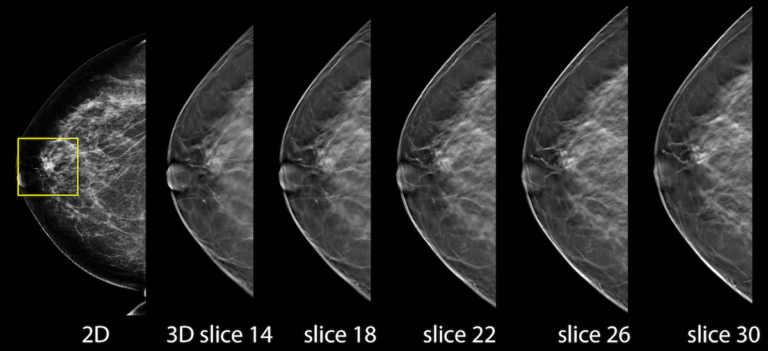Over the next several decades, the incidence of breast cancer is expected to rise. We will also witness shifting patterns regarding the types of breast cancer diagnosed and ages of women diagnosed. As these changes occur, it is critical for breast cancer treatment teams to consider each case individually.
It is necessary for physicians to consider each patient’s disease on a case-by-case basis. Every breast cancer and every woman diagnosed with breast cancer is different. It is critical that women receive care tailored to their individual needs. A multidisciplinary team of breast cancer specialists will consider all possible options according to cancer subtype and personal goals to ensure women receive the best care possible.
Breast Cancer Risk in an Aging Population
Around 40 million women born between 1946 and 1964 will be at risk for postmenopausal breast cancer over the next several decades. Many women currently in their 20s and 30s, around 56 million, will also be at risk for premenopausal breast cancer over the next several decades.
Researchers predict that the total number of breast cancers could be 50 percent greater in 2030 than it was in 2011. A growing number of estrogen receptor-positive (ER-positive) cancers in women older than 70 will account for a large portion of this increase in breast cancer occurrences.
Data was presented at the 2015 Annual Meeting of the American Association for Cancer Research by Philip S. Rosenberg, PhD, a National Cancer Institute (NCI) senior investigator in the division of cancer epidemiology and genetics. Projections were based off of data collected through the NCI Surveillance, Epidemiology and End Results Program.
Dr. Rosenberg and his colleagues made several notable observations.
- Total number of breast cancers expected to rise from 283,000 in 2011 to 441,000 in 2030.
- Proportion of breast cancers in women aged 50 to 69 is expected to fall from 55 percent in 2011 to 44 percent in 2030.
- Proportion of breast cancers in women aged 70 to 84 is expected to rise from 24 percent in 2011 to 35 percent in 2030.
- Proportion of ER-positive in situ cancers will rise from 19 percent in 2011 to 29 percent in 2030.
- Proportion of all ER-negative cancers will fall from 17 percent in 2011 to 9 percent in 2030.
Other Observations on Projected Breast Cancer Incidences
The expected drop in ER-negative cancers, which includes the aggressive and difficult-to-treat HER2-positive and triple-negative cancers, represent a bright spot in the data. Widespread use of mammogram screening will also contribute to a rise in the detection of new in situ breast cancers. These are cancers still confined to the lobules or milk ducts where they began, which makes them easier to successfully treat or manage.
Dr. Rosenberg notes that the increase in breast cancer incidences will become a challenging clinical burden. However, projections such as these can help clinicians such as ourselves to develop a proactive road map for optimizing breast cancer care in the future.
While some oncologists and surgeons treat many different types of cancer, Breastlink’s physicians and other members of our health care team focus solely on breast cancer. Research shows that specialization like this helps patients to achieve better outcomes.
We maintain up-to-date knowledge of innovations in breast cancer treatment and management, which allows us to better treat breast cancer on a case-by-case basis – taking into account factors like age and cancer sub-type. At Breastlink, we will continue to track breast cancer trends in order to provide innovative solutions to the challenges of the future.




Add new comment